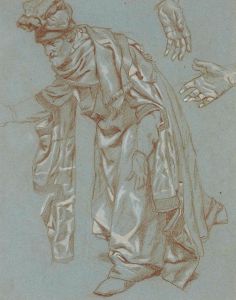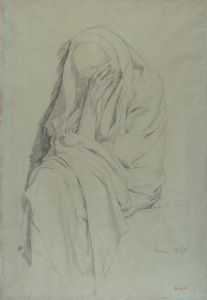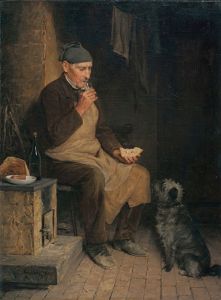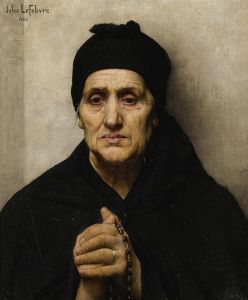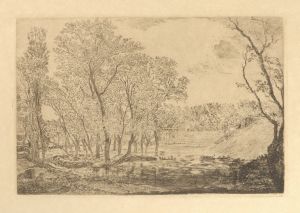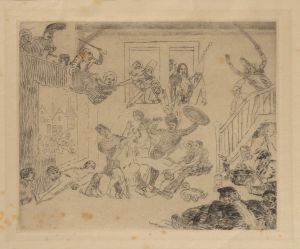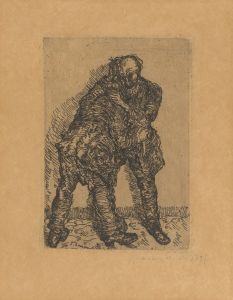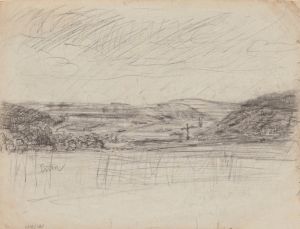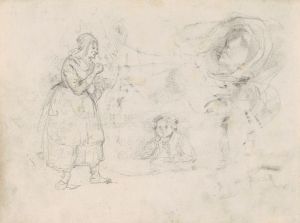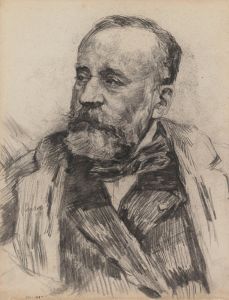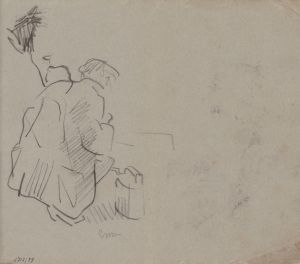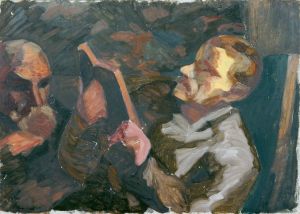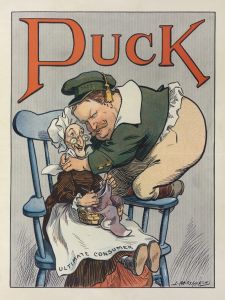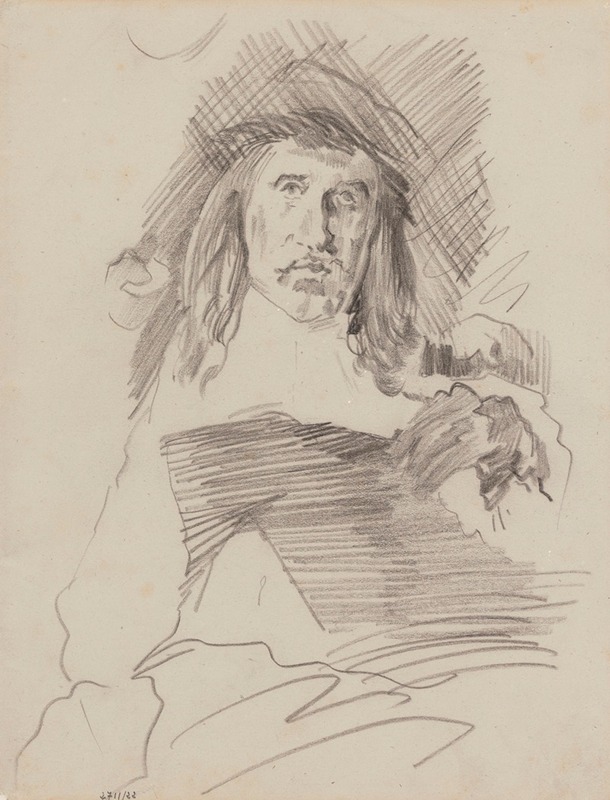
The Patricians of the Old Men’s Almshouse in Haarlem. A Figure
A hand-painted replica of James Ensor’s masterpiece The Patricians of the Old Men’s Almshouse in Haarlem. A Figure, meticulously crafted by professional artists to capture the true essence of the original. Each piece is created with museum-quality canvas and rare mineral pigments, carefully painted by experienced artists with delicate brushstrokes and rich, layered colors to perfectly recreate the texture of the original artwork. Unlike machine-printed reproductions, this hand-painted version brings the painting to life, infused with the artist’s emotions and skill in every stroke. Whether for personal collection or home decoration, it instantly elevates the artistic atmosphere of any space.
James Ensor's painting "The Patricians of the Old Men’s Almshouse in Haarlem. A Figure" is a notable work by the Belgian artist, who is renowned for his unique style that blends elements of expressionism and symbolism. Ensor, born in 1860 in Ostend, Belgium, was a pivotal figure in the development of modern art in Europe. His work often features grotesque imagery, satirical themes, and a vivid use of color, which are evident in this particular painting.
"The Patricians of the Old Men’s Almshouse in Haarlem. A Figure" was created in 1893, a period when Ensor was deeply engaged in exploring themes of mortality, social hierarchy, and the absurdity of human existence. This painting is part of a broader body of work where Ensor critiques the societal norms and the pretensions of the bourgeoisie. The title itself references the Old Men’s Almshouse in Haarlem, a city in the Netherlands known for its rich artistic heritage and historical almshouses, which were charitable housing for the elderly poor.
Ensor's choice to depict patricians, or members of the elite class, in the context of an almshouse is significant. It suggests a juxtaposition between wealth and poverty, highlighting the transient nature of social status and the inevitability of aging and death. The painting features a single figure, which is characteristic of Ensor's focus on individual expression and the inner psychological states of his subjects. The figure is rendered with Ensor's typical bold brushwork and vibrant palette, which convey a sense of drama and intensity.
The composition of the painting reflects Ensor's interest in theatricality and masks, common motifs in his work. Masks, in Ensor's art, symbolize the hidden aspects of human nature and the facades people wear in society. This theme is consistent with the artist's broader critique of social conventions and the superficiality of the upper classes.
Ensor's work was initially met with resistance and criticism due to its unconventional style and provocative subject matter. However, he eventually gained recognition as a pioneer of modern art, influencing later movements such as expressionism and surrealism. His ability to blend humor with macabre elements and his fearless exploration of taboo subjects have cemented his legacy as a master of psychological and social commentary in art.
"The Patricians of the Old Men’s Almshouse in Haarlem. A Figure" exemplifies Ensor's innovative approach to painting and his commitment to challenging the status quo. Today, Ensor's works are celebrated for their originality and depth, and they continue to be studied for their complex interplay of visual and thematic elements. This painting, like many of Ensor's works, invites viewers to reflect on the human condition and the societal structures that shape our lives.





